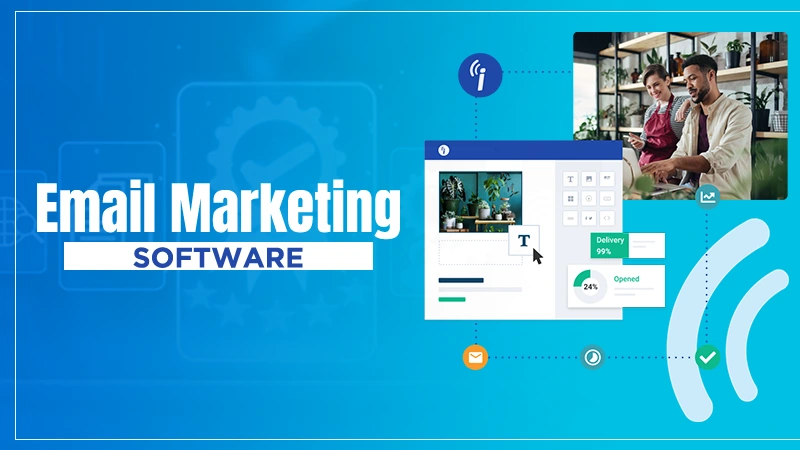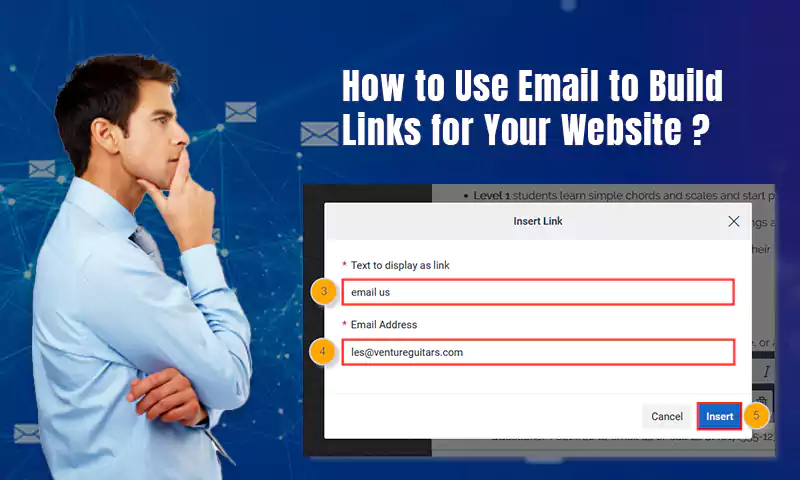Email Marketing Metrics That Matter: Key Performance Indicators to Track and Improve
Email marketing continues to be one of the most efficient digital advertising channels for organizations to use to communicate with their audience, cultivate leads, and drive conversions.
On the other hand, it is very necessary to monitor and evaluate key performance indicators (KPIs) to guarantee the effectiveness of advertising initiatives.
In addition to assisting in the identification of areas in which improvements can be made, these metrics offer significant insights into the efficacy of your initiatives.
So. In this read, we will explore the fundamental metrics that should be tracked for email marketing, as well as tactics that can be used to enhance those metrics.
Let’s start!
Open Rate:
The open rate is a measurement that determines the proportion of receivers that open your email out of the total number that is delivered.
When you have a high open rate, it means that your subject lines are appealing and that yours are pertinent to the people who are receiving them.
“Consider tailoring subject lines, running A/B testing, and optimizing send timings depending on subscriber behavior and preferences to increase the percentage of emails that you get that are opened.
In addition, make sure that your emails are responsive on mobile devices so that you can accommodate people who view their emails on mobile devices such as smartphones and tablets.” says, Shannon Coventry, Marketing Manager at First Vehicle Leasing
Click-Through Rate (CTR):
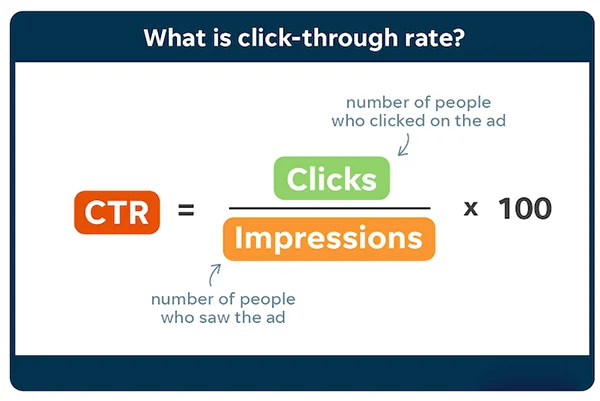
A serious indicator that tracks the percentage of recipients that clicked on a link or call to action contained inside your message is called click-through rate (CTR).
If CTR is high, it means that your post is interesting and motivates your audience to take a step.
“Focus on writing calls to action (CTAs) that are both clear and engaging, utilizing buttons or URLs that are visually attractive, and segmenting your email list to offer tailored content to certain audience groups to increase click-through rates (CTR).
Conduct experiments with a variety of content and calls to action (CTAs) to find which ones are most effective in resonating with your subscribers” asserts, Mark McShane, Director of Link Building at Help a Reporter Out (HARO)
Conversion Rate:
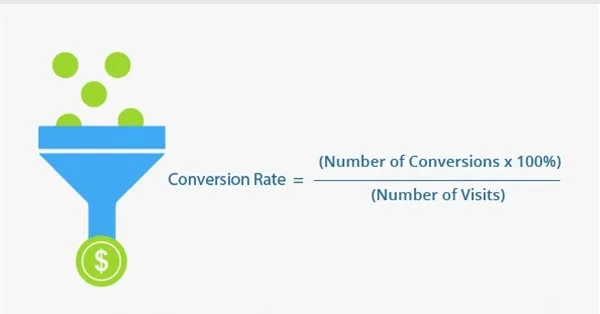
The percentage of receivers that completed a desired step after clicking on a link or call to action (CTA), such as completing a purchase or signing up for a webinar, is what is referred to as the conversion rate.
“The ability to evaluate the efficiency of your email marketing initiatives in terms of generating actual outcomes is made possible by tracking conversion rates.
By optimizing your landing pages to provide a smooth user experience, simplifying the conversion process, and offering incentives or discounts to promote action, you may enhance the percentage of people who convert using your website.
The utilization of tailored content and targeted messaging is another strategy that may be utilized to direct consumers toward conversion” educates, Lauren Taylor, Boiler Cover Expert at boilercoveruk.co.uk
Here’s a fun fact…
Did you know that 99% of email users check their mail every day, some of them even do it 20 times a day.
Bounce Rate:
The proportion of emails that were not sent to the inboxes of recipients is referred to as the bounce rate. This percentage can be attributed to a variety of factors, including incorrect addresses or technical difficulties.
The reputation of your sender and the deliverability of your messages might be significantly impacted.
“Bounce rates may be reduced by routinely cleaning your email list to eliminate invalid or inactive addresses, implementing double opt-in confirmation for new subscribers, and adhering to best practices for email maintenance.
Additionally, to have a healthy email list, it is important to carefully monitor bounce rates and then take remedial steps” says, Daniel Foley, Founder of Daniel Foley SEO Consultancy
Unsubscribe Rate:
When you assess the unsubscribe rate, you are determining the percentage of subscribers who choose not to receive any more messages from your mailing list.
Although a certain amount of unsubscribes is unavoidable, persistently high unsubscribe rates may be an indication that there are problems with the frequency or substance.
“Delivering material that is both relevant and helpful to your subscribers, establishing clear expectations regarding the frequency of your emails and the themes of the content, and including unsubscribe alternatives that are easy to locate in your emails are all ways to reduce the number of unsubscribes.
In addition, provides subscribers with the ability to customize their email preferences to their interests by providing preference alternatives” says, Raoul Schweicher, Managing Partner at Msa Advisory
List Growth Rate:
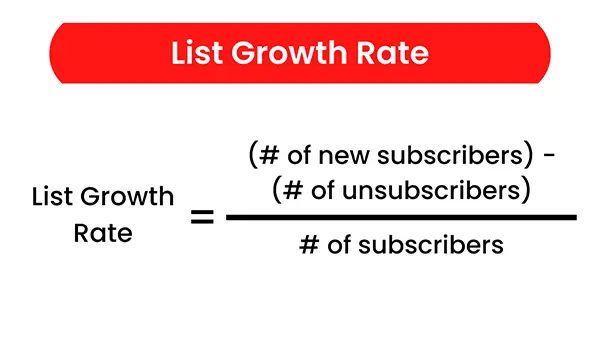
The rate at which your list is expanding over time is referred to as the growth to be measured. The fact that your growth is strong implies that you are successfully bringing in new members and also keeping the ones you already have.
According to Craig Hawthorne, writer at Modest Money, “Increasing the number of people who subscribe to your email list may be accomplished by promoting email subscriptions across your website and social media platforms, providing incentives for subscribing, such as discounts or exclusive content, and developing compelling lead magnets or opt-in forms to collect email addresses from visitors.
Regularly, examine your techniques for growing your list, and make adjustments to them based on performance indicators.”
Engagement Over Time:
By monitoring engagement data over some time, you can observe patterns and trends in the effectiveness of your advertising efforts.
It is important to keep track of metrics like as open, click-through, and conversion rates across a variety of campaigns and periods to find areas that might be improved and optimized.
“To prevent audience weariness and maintain constant levels of engagement, it is recommended to experiment with various email formats, content kinds, and send frequency.
In addition, divide your email list into different parts according to the degrees of involvement to personalize your content and marketing to certain target segments” says, Alex Miningham, CEO of Breakout
Here’s another one…
People are not only using emails to connect with family and friends but 61% of the individuals prefer to be connected with brands through electronic mail.
Revenue Generated:

When it comes down to it, one of the most important KPIs to monitor is the amount of money that is made from your advertising campaigns.
Through the use of revenue tracking, you can determine the direct impact that your marketing efforts have had on the bottom line of your company.
Chase Hughes, Founder of ProAI says, “To maximize the income produced by email marketing, you should concentrate on delivering content that is both targeted and tailored to your subscribers, use automation to nurture leads through the sales funnel, and make use of data-driven insights to optimize your email campaigns for conversion.
Furthermore, it is important to monitor attribution to gain an understanding of the many touchpoints that lead to revenue production and to change your tactics accordingly.”
Conclusion:
When it comes to maximizing the success of your advertising efforts, tracking and monitoring key performance indicators are necessary.
It is possible to obtain useful insights into the effectiveness of your campaigns and make decisions that are driven by data to enhance outcomes if you monitor metrics like open, click-through, conversion rates, and other performance indicators.
Increasing the total effect of your marketing efforts and driving real outcomes for your company may be accomplished by putting into techniques that increase these KPIs, such as customization, segmentation, and optimization.
When it comes to staying ahead of the curve in the ever-changing environment of marketing, it is important to remember to consistently test and adapt your methods depending on the insights acquired.
Share






